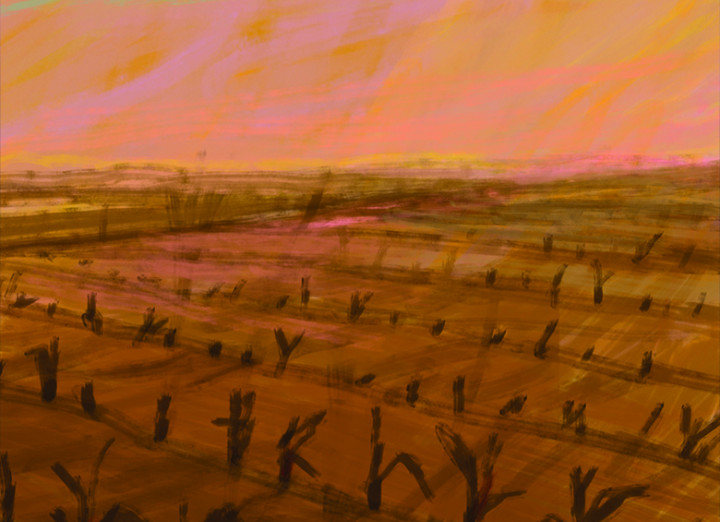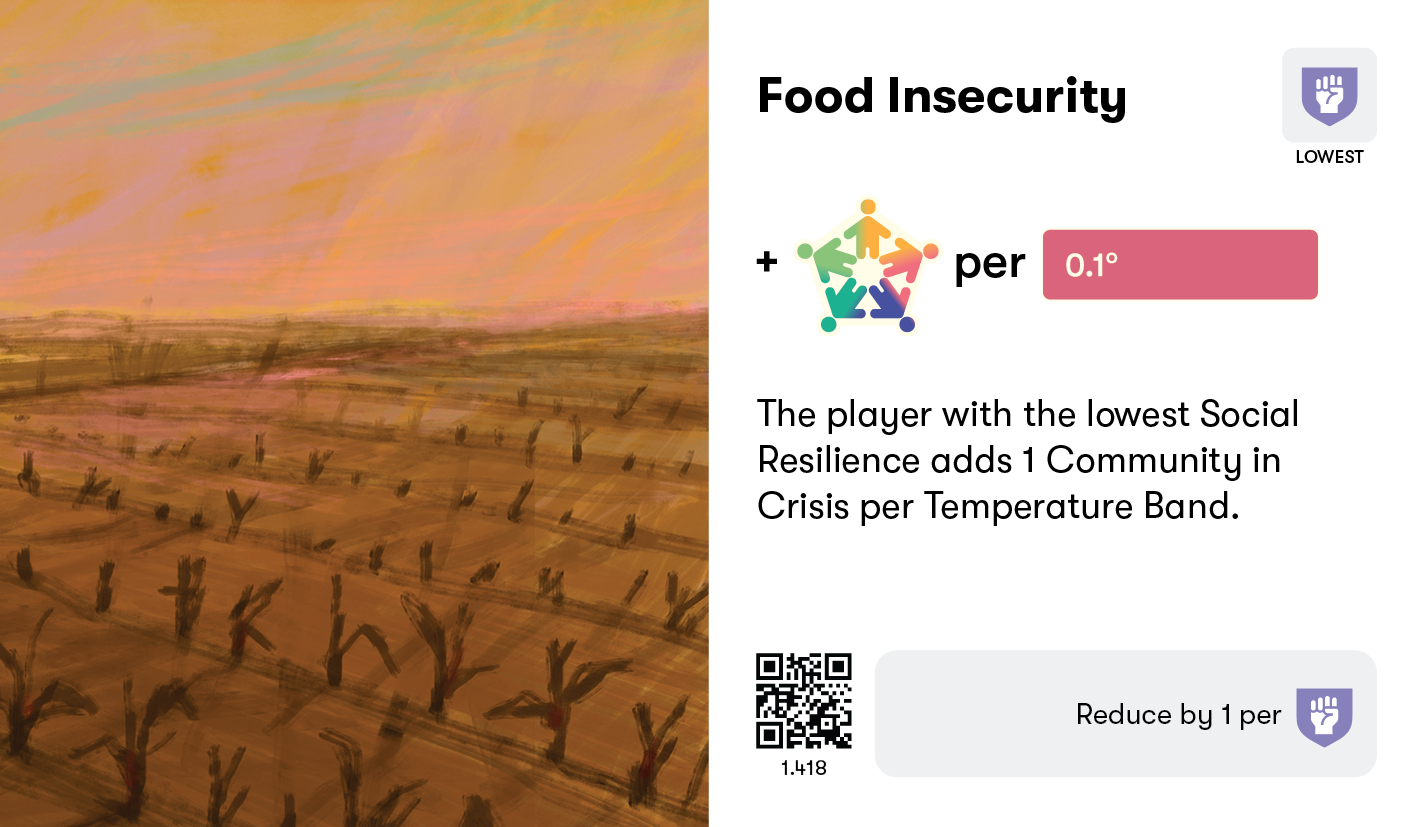Food Insecurity
Crisis
Food and nutrition insecurity is intimately linked to the climate crisis. Changes in weather patterns and climate disasters impact the ability to grow and market adequate quantities of nutritious food, and exacerbate issues with already-fragile food systems. This has already happened enough to increase the cost of food: ‘climateflation’.
Climate impacts deprive growers of their livelihoods, while scarcity drives up local food prices, making what little food may be available inaccessible to people who cannot afford it; this can create a vicious cycle of negative coping that shifts local consumption to less nutritional foods.
Lack of rain at the right time, temperatures that are too high or too low for crops, waterlogging, sea level rise, saline intrusion, or unusual events like hail or high winds can all cause crop failure. Food insecurity crises are likely in parts of the world where agricultural production is already close to its biological limits – such as the Sahel and the Horn of Africa.
Reviving locally resilient and traditional crop varieties, including sorghum, millet, rice – and highly nutritious grains such as fonio and amaranth – can help farmers cope with changes that are already reducing commercial crop quality and yield, and so improve global food security.
The player with the lowest Social Resilience must add 1 Community in Crisis per Temperature Band.
They can reduce this effect by 1 for each Social Resilience token in their player board.
For example: 5 Temperature Bands – 3 Social Resilience = add 2 Communities in Crisis.
Resilience tokens are not discarded.

Support groups campaigning to raise awareness of climateflation, like Positive Money
Campaign for governments and central banks to direct finance away from international financiers funding fossil fuel projects that are accelerating climate breakdown and driving climateflation.
Consider taking action to promote regenerative agricultural practices.